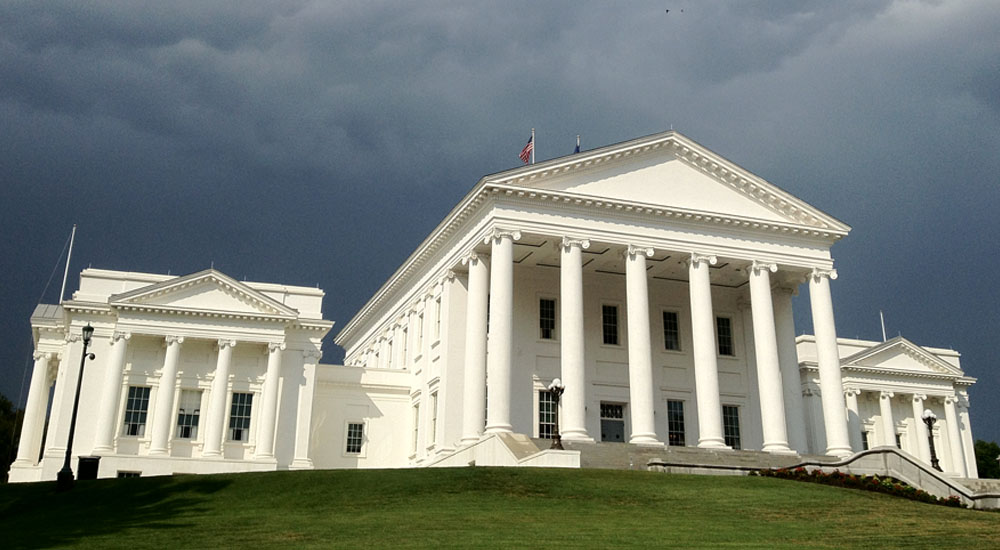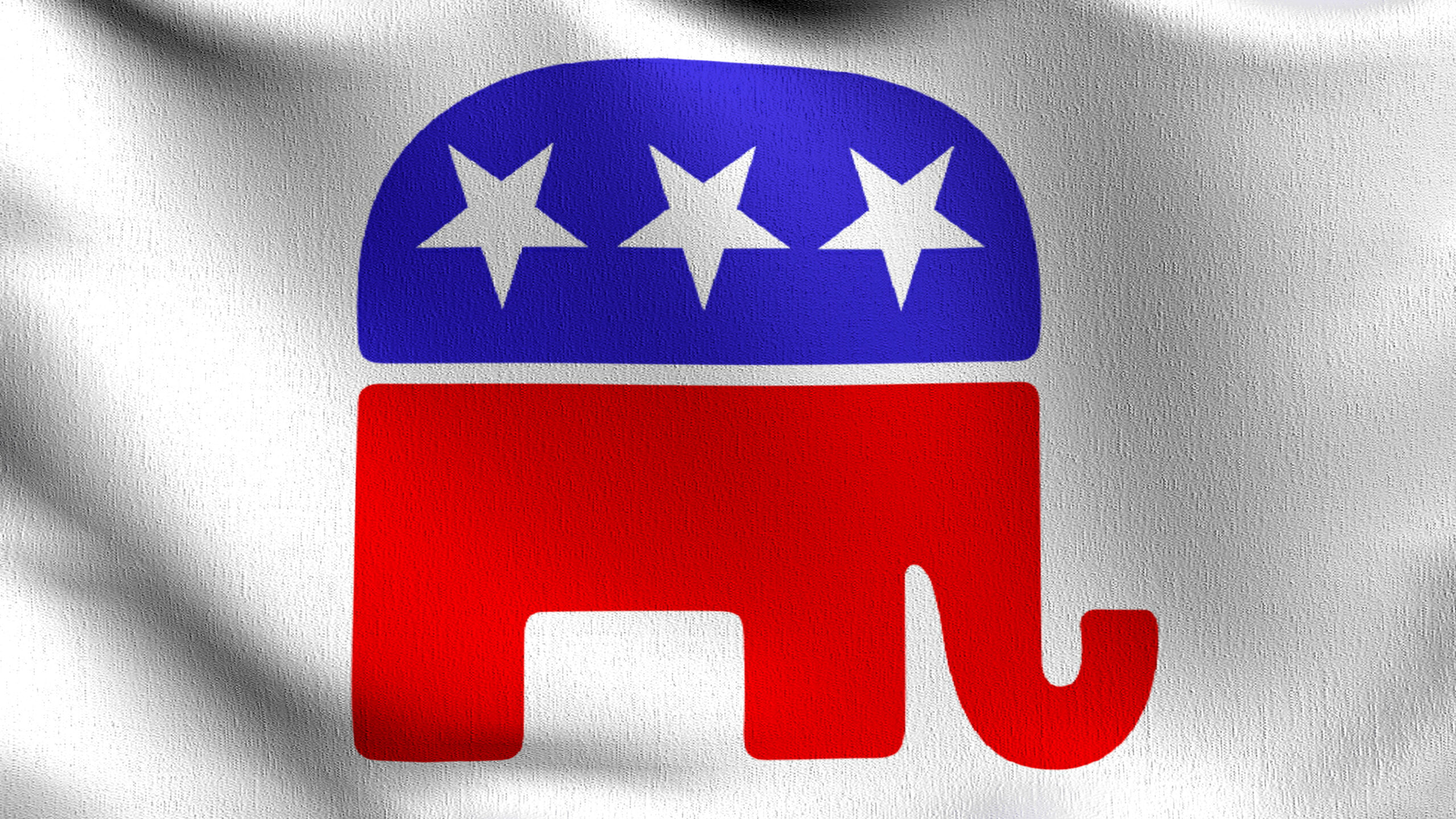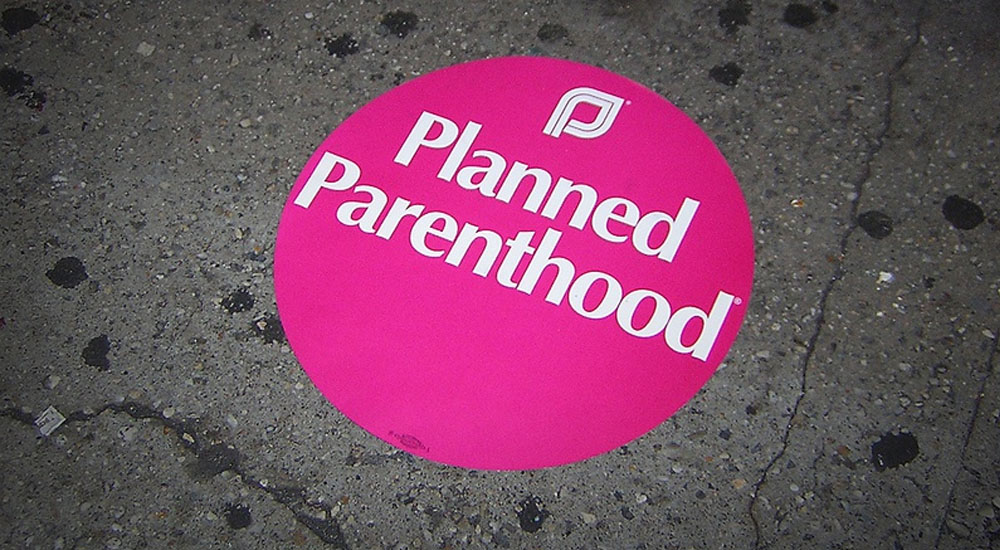“Our balance sheet couldn’t be stronger…this is our moment to soar.”
So said Virginia Governor Glenn Youngkin Wednesday. Every year, our governors come to the legislature to report on the end of the fiscal year financial result, and often they say something like that. They always prefer to bring a happy message over one of caution or doom.
This time, however, it is true.
The headlines are always about the so-called revenue surplus, if there is one, which is the amount of taxes collected in excess of the official revenue forecast. The current two-year budget was adopted in early 2022, about 18 months ago, and the revenue it initially predicted for the 12 months ending June 30 was fully $3 billion lower than the amount of taxes the Commonwealth actually collected.
Details can be found in Secretary of Finance Stephen Cummings’ presentation to the legislators, which followed Governor Youngkin’s more general remarks. The surplus is only one sign the state has an embarrassment of riches.
On top of that unplanned revenue, Cummings announced that the state spent $1.6 billion less than was planned in the budget in the same 12-month period. The various agencies and operations often end the year without spending 100% of their budgets, but $1.6 billion is an unprecedented amount. This also happened last year when the state operations failed to spend $1.2 billion in their budgets.
And that is just on the General Fund, or general tax-funded, side of the budget. The state’s Non-General Fund operations, funded by user fees, transportation taxes and federal funds, also ended the year with cash left over. The Non-General Fund agencies ended the fiscal year with $16 billion (no, the decimal is not missing) in account balances. That is double what their cash balance was as of June 30 four years ago.
The state’s general ledger account balance as of the end of June was $29 billion. Four years ago, it was just $9 billion. The standing daily cash balance has tripled in four years.
The state’s transportation program is on the Non-General Fund side of the budget, and its tax revenues also exceeded projections for the twelve months ending June 30, although by only about $43 million. The Commonwealth Transportation Fund is now just under $5 billion annually, which was the size of the General Fund not that long ago.
Youngkin and Cummings both mentioned the state taking major steps to cut unnecessary spending. The fleet of state cars, deemed to be underutilized, has been trimmed by 800 vehicles. A planned office building in Richmond, $400 million in cost, was also scrapped. Pressed by legislators, Cummings denied ordering agencies to stay under budget, but mentioned efforts at the end of the fiscal year to prevent them from using excesses to buy things not in that year’s budget.
State law allows for the state to accumulate cash reserves to protect against an economic downturn, with a target of saving 15% of the General Fund spending amount. The reserves of $3.8 billion as of June 30 met that 15% target. More cash is set to flow into the reserves and raise it to $4.6 billion (an 18% cushion) a year from now.
In the business world, those various metrics point to an operation generating healthy free cash flow, with income well above expenses. Dare one say profit? Per media reports, less than $1 billion of that will flow back to the taxpayers as a rebate, and not to all taxpayers. But the fate of Youngkin’s abandoned proposals for broader tax cuts is not the focus of this discussion.
What is in focus here is how possible it all was, as the opportunity now appears to be slipping away. Youngkin said it again in his prepared remarks, the state can easily provide tax cuts and continue to increase spending in key categories. At the end of Wednesday’s meeting, he signaled to reporters that he can accept the one-time rebates and will restart the push for long term tax reform with the 2024 General Assembly (still to be elected.)
After all, the 2022 General Assembly did approve major tax cuts. All of those sterling financial results for the past year happened even after the 2022 “one time rebate’ coupled with real tax cuts saved Virginians $2.5 billion in those twelve months. (If approved, what is coming will be the third “one time rebate” since 2019.)
In the absence of more tax reform, the big winner as the legislature finally divvies up all this excess cash will likely be local public schools. The year that just ended saw spending on the per pupil direct aid grow 22%, after having grown 5% and 10% in the previous two years. Expect a raging debate on this over the remaining ten weeks of the election season.
We are now in Fiscal Year 2024. As was the case with FY 2023, the revenue assumptions are cautious, dampened by fears of a possible recession. The fear is abating but it is not gone. So the baseline General Fund revenue prediction for FY 2024 is $27.3 billion, lower than was collected in both FY 2022 and FY 2023.
The revenue prediction is flat even though the state’s labor participation rate is at the highest level since 2012. Also, there are indications that Virginia is now seeing net in-migration of population, reversing years of slow population loss, mentioned by Youngkin and Cummings. State employment grew 2.7% last year, beating the estimate of 2.5%. The 2024 budget is based on an assumed addition of 1.1% in job growth and income growth of only 4.1%. Beating those assumptions is very possible, if not highly probable.
One month of the new fiscal year is in the books, July, and both the General Fund and Commonwealth Transportation Fund are running ahead of forecast.
In other words, the budget is being low- balled. This is a cautious and prudent approach, but it also gives Youngkin a chance that when he introduces his own full budget in December, he will have more great news of excess funds piled here and there — funds he will earmark, at least in part, for tax relief. The question now is whether voters will give him enough new legislators willing to join him in that effort?
STEVE HANER is Senior Fellow with the Thomas Jefferson Institute for Public Policy.






